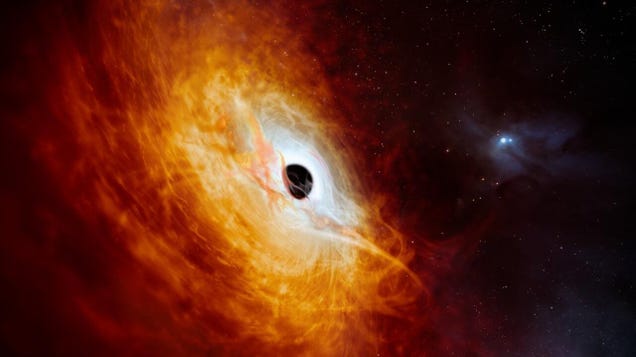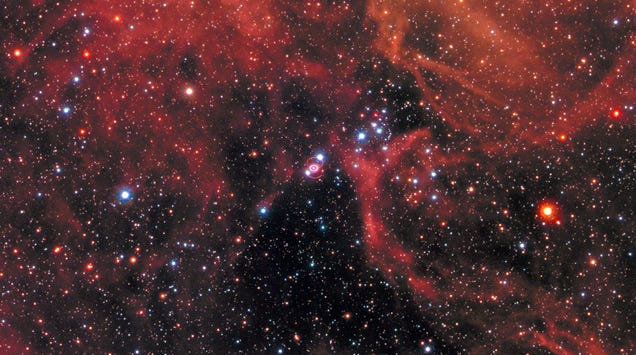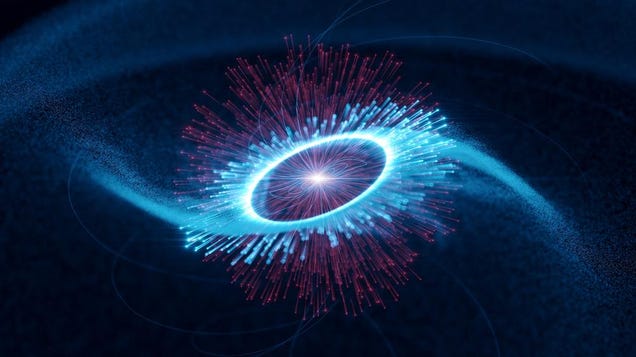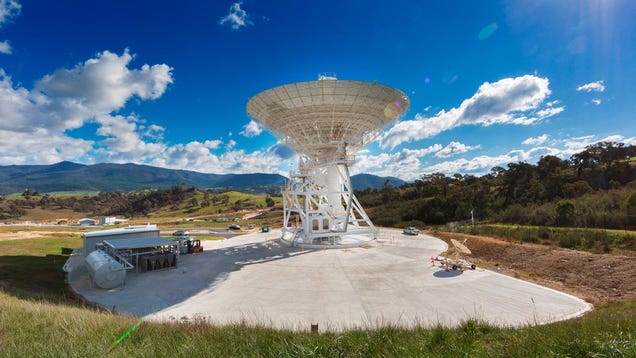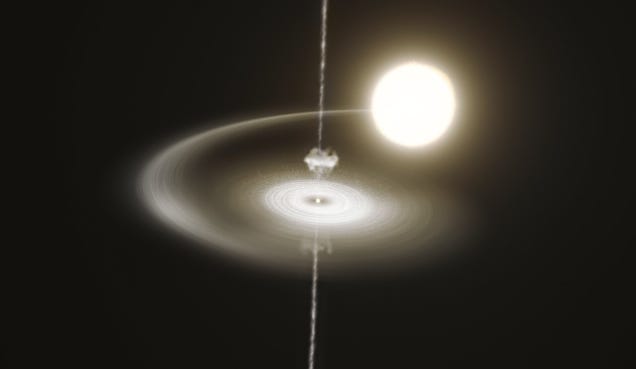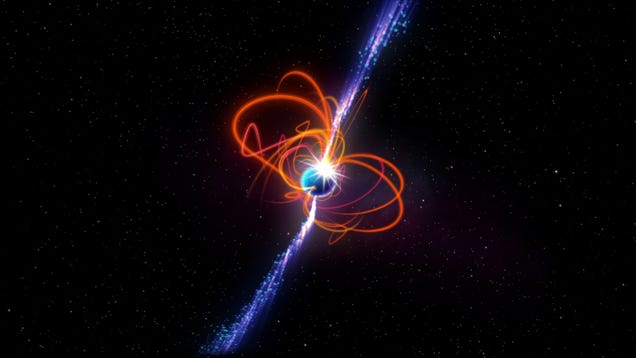
A team of astronomers has spotted the most distant merging galactic cores yet, seen as they were when the universe was less than a billion years old. The duo of active galactic centers, called quasars, is the only confirmed pair seen during the Cosmic Dawn.

